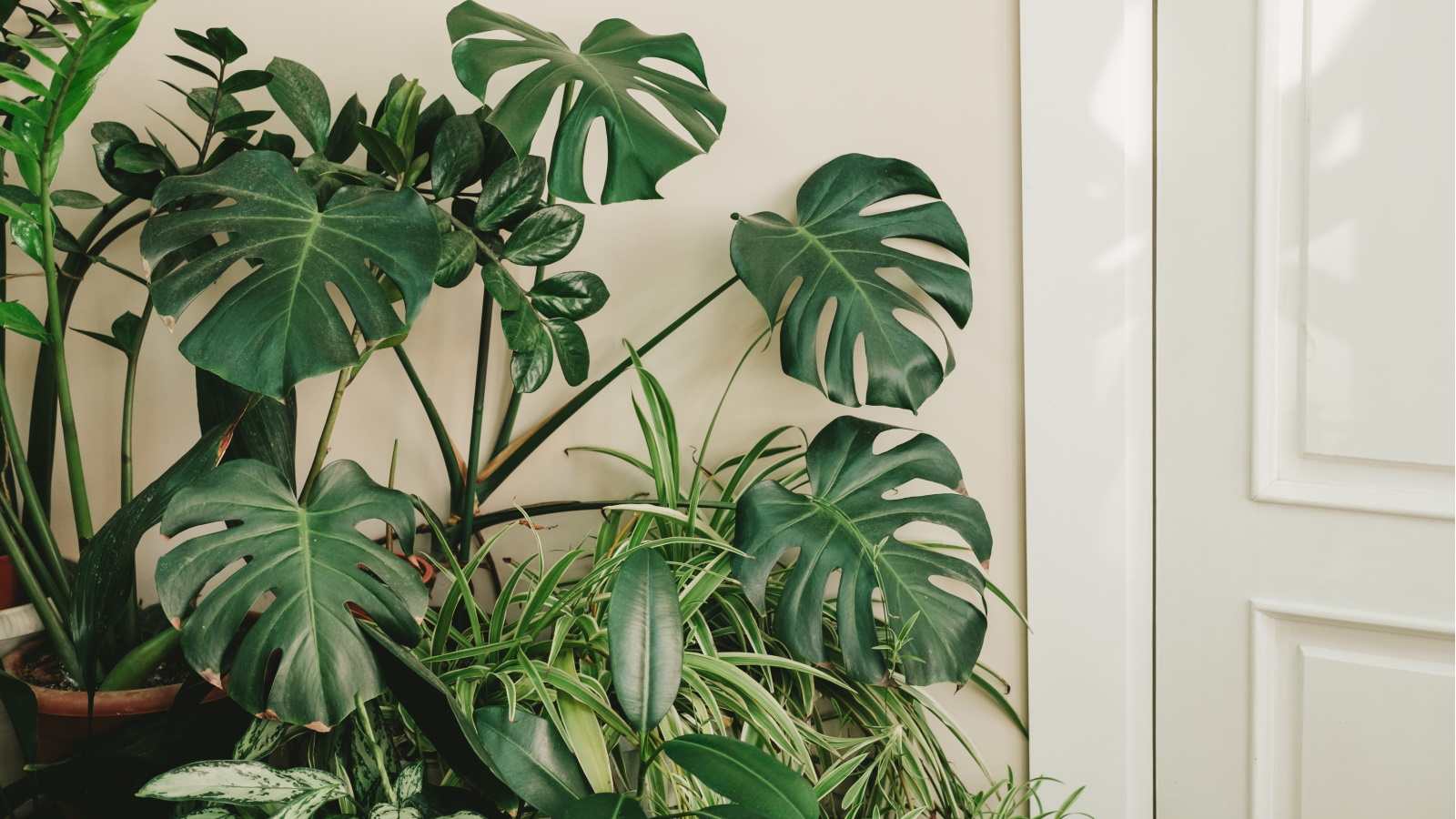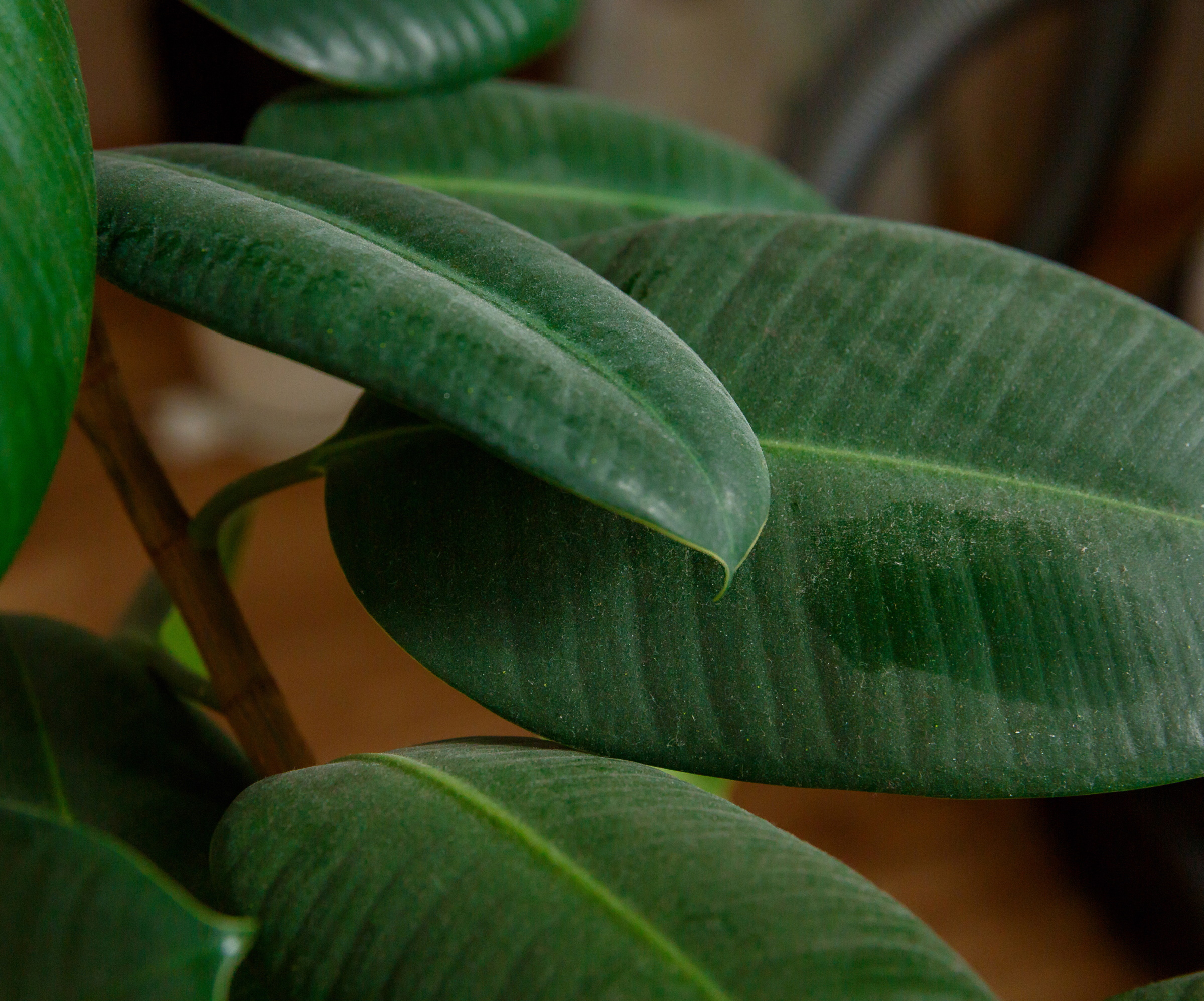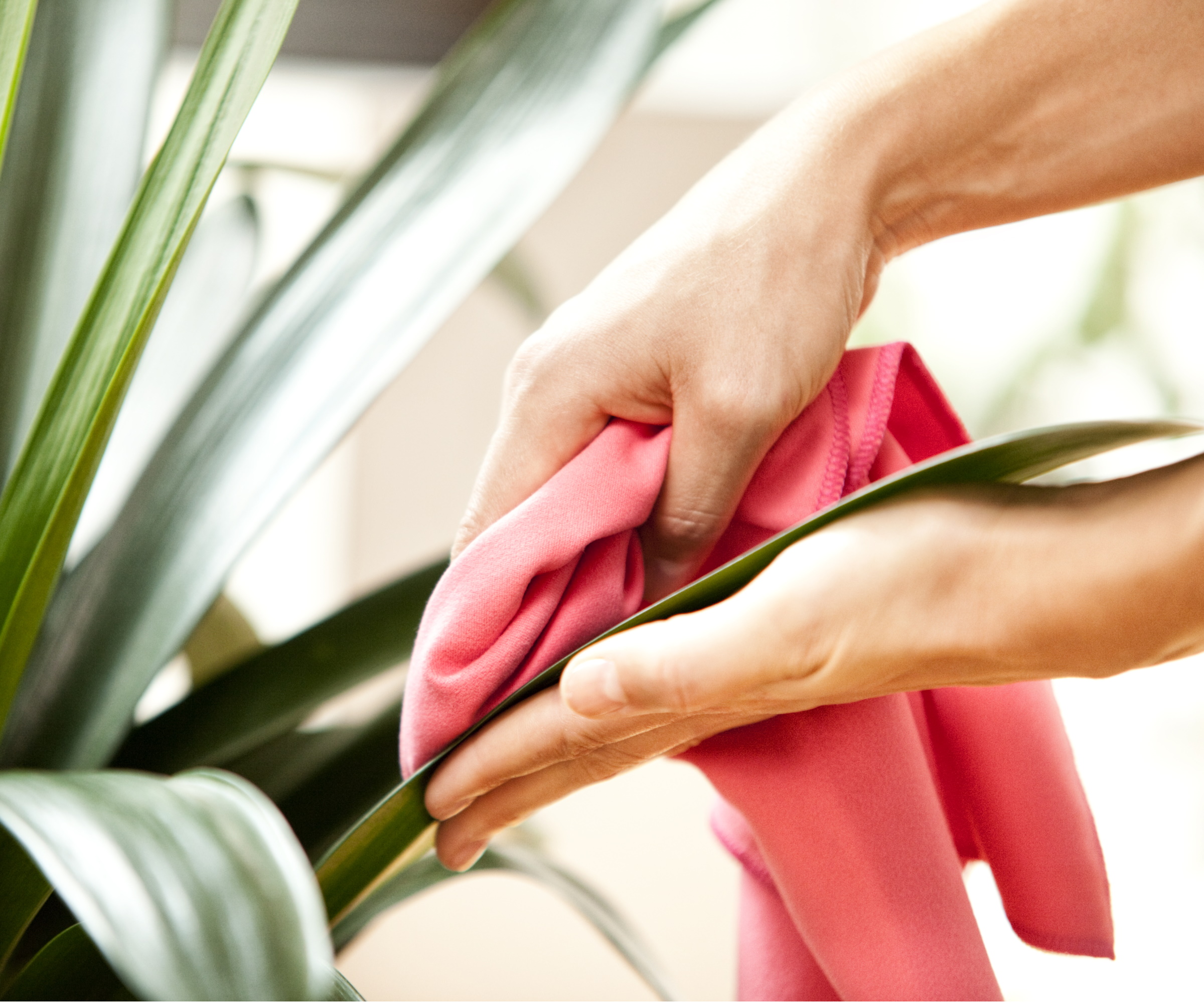Can houseplants reduce dust in your home?
We've asked the experts how houseplants help to capture dust and keep your home feeling clean


There are so many advantages that come with using the best indoor plants to green up your space. Not only does it create an indoor jungle for you to enjoy but it also comes with a lot of physical benefits.
Air cleaning plants help leave your home feeling fresh while some plants can even help you sleep.
'Since many are air purifying plants, they are actively clearing the air around them,' says Virginia Hayes, indoor plant expert at Westerlay Orchids.
This isn't the only way houseplants can help keep your home clean, however. A layer of dust sitting on foliage will be a familiar sight to many plant parents, so we've asked experts how houseplants collect dust in this way and what to do about it.


Virginia Hayes' floral background started in 1999 importing and exporting floral products from offices worldwide. Holding over 24 years of experience, Virginia is widely respected in the floral industry for both her design skills and business knowledge. With interior plant design at her fingertips, Virginia’ eye for floral arrangements and keeping them thriving is always top priority.
How do houseplants capture dust?

It's as simple as the dust collecting on leaves, preventing it landing on other surfaces in your home. This will be especially noticeable on larger plants, like monsteras or rubber trees, but it can also leave flowering indoor plants looking less vibrant, like orchids.
'In many cases, plants cannot purify dust in your air but they will collect it on their surface. You will have to dust the plants off or clean off leaves with a wet cloth and water to remove the dust,' says Jamie Mitri, founder and CEO of Moss Pure.
An easy way to check if your plant has collected dust is to wipe your finger on the foliage and see if it wipes clean.
'Dusting indoor plants is crucial since it can assist to improve their general health and stop the development of pests like aphids and mites. It helps maintain the leaves clean and healthy by removing any extra chemicals that have been applied to them,' says Virginia.
You can shop cleaning supplies for plants online, like these microfibre cloths on Amazon and this microfibre duster from Amazon.

Jamie is the founder and CEO of Moss Pure, a start-up created in June 2020 at the MIT Lebanon Challenge, where it won first place in the health, energy, and waste management track. Moss Pure is the world's only company to use live moss as an air filter, stress relief device, and aesthetically pleasing decor piece for your home and office. No watering, sunlight, or maintenance is needed.
FAQs
Is dust harmful to plants?
While a layer of dust on plants may dull their appearance, it is harmless to the plant in most cases. You will just need to gently wipe away the dust with a damp cloth, or use a duster, and the plant will look as good as new.
Which plants are best for capturing dust?
Houseplants help reduce dust in your home by capturing it on their foliage and preventing it landing on other surfaces. Plants that will be most efficient at capturing dust are those with large leaves, like monsteras, rubber plants, philodendrons and more. Air cleaning plants, like spider plants and snake plants, can also help keep your home feel fresh.
What can you use to clean plant leaves?
To clean plants that have a layer of dust on them, you can use a damp cloth with clean water. You may also choose to use things to give leaves extra shine, like this coconut oil from Walmart which you can gently dab on the leaves.
Houseplants can help reduce dust by collecting it on the surface of their foliage and prevent it landing on other surfaces. It isn't harmful to houseplants but can dull their appearance, so it's a good idea to gently clean any houseplants leaves looking dusty.
Sign up to the Homes & Gardens newsletter
Design expertise in your inbox – from inspiring decorating ideas and beautiful celebrity homes to practical gardening advice and shopping round-ups.

Tenielle is a Gardens News Writer at Homes & Gardens. She holds a qualification in MA Magazine Journalism and has over six years of journalistic experience. Before coming to Homes & Gardens, Tenielle was in the editorial department at the Royal Horticultural Society and worked on The Garden magazine. As our in-house houseplant expert, Tenielle writes on a range of solutions to houseplant problems, as well as other 'how to' guides, inspiring garden projects, and the latest gardening news. When she isn't writing, Tenielle can be found propagating her ever-growing collection of indoor plants, helping others overcome common houseplant pests and diseases, volunteering at a local gardening club, and attending gardening workshops, like a composting masterclass.
-
 Gwyneth Paltrow's quiet luxury kitchen is so beautiful, we almost overlooked her ultra-smart cabinets – they make the use of 'every inch' of storage space
Gwyneth Paltrow's quiet luxury kitchen is so beautiful, we almost overlooked her ultra-smart cabinets – they make the use of 'every inch' of storage spaceThe Goop founder makes use of dead space in her kitchen with customized cabinetry that reaches to the ceiling, providing ample storage
By Hannah Ziegler
-
 Martha Stewart's intelligent cabinets 'take every inch into consideration' – their 'visually light' style will solve your small kitchen storage problems
Martha Stewart's intelligent cabinets 'take every inch into consideration' – their 'visually light' style will solve your small kitchen storage problems'Every kitchen can be beautiful and functional, no matter what the size': 9 years since sharing her clever storage, Martha's cabinets are just as beautiful
By Megan Slack